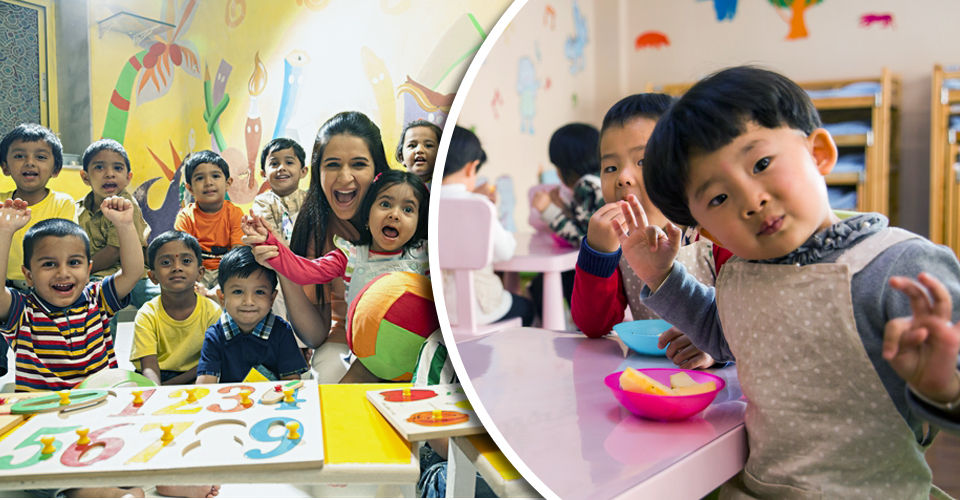Ways to Explain Division for Pre-Primary Children
7th January 2019

When discussing future plans or coming events with the calendar the teacher may bring in division through the questions she asks. Christmas will be here in twelve weeks’ time. How many months is that? Division is complex and it often creates an air of confusion among children. Especially young learners are confused understanding the basics. So to make the process realistic and easy to understand, teachers need to adapt newer strategies that will be effective to make the learning easy.
Young aspirants or existing teaching professionals who are seeking knowledge from the diploma in pre-primary teacher training courses explains a few techniques. These are not just fun, easy but are logically great ways to impact the cognitive capacities among children.
> Understanding the language of division:
The first basic thing for every child at the young age is to understand what does division meaning or how it works. Going by that the children have got used to the idea of sharing and grouping, they can be made familiar with the many phrases and words which mean ‘divide’.
> Maintain a record of the divisional activities:
In the second point, it is really important for the teachers aiding the primary children learn the division method. The activity would require three simple stages, first the child may be asked to share, say for example 12 seeds in three trays of sorting trays. They do it and then each child draws a picture of the tray with the seeds.
Beneath the picture the child may write the numbers as 12 seeds, and 3tray and 4 seeds in each tray. This is simply making the kid realise how to identify the area of difference and also use the basic logic behind division.
Another activity means that the division now can be introduced. The child realises that a simpler and shorter way of writing would be like twelve divided by three equals to four. Now many examples should be worked out in this way so that children can really understand and grasp the link between the words and the symbols. Often examples with remainders are introduced in a similar manner.
> Common mistakes to be identified:
The diploma in pre and primary teacher training courses emphasise that division by numbers are not always true to life and that not of much time should be wasted on them. When a child gets a division sum wrong, it is not necessarily because the child does not follow the process of division. Rather this is because there are several other considerations:
- First, nearly half the mistakes are due to incorrect adding, multiplication or subtraction which merely shows carelessness and not actual difficulties.
- Second, often the mistakes occur due to incorrect remainders at various stages of the process.
- Third, problems at every stage must be presented so that children are made familiar with the terms and phrases which indicate division.
- Fourth, squared paper should be used at the start and whenever a new stage has been reached.
- Fifth, standard methods of working and set phrases must be insisted upon.
- Sixth, a record of each child’s progress is of great help to you as a teacher.
